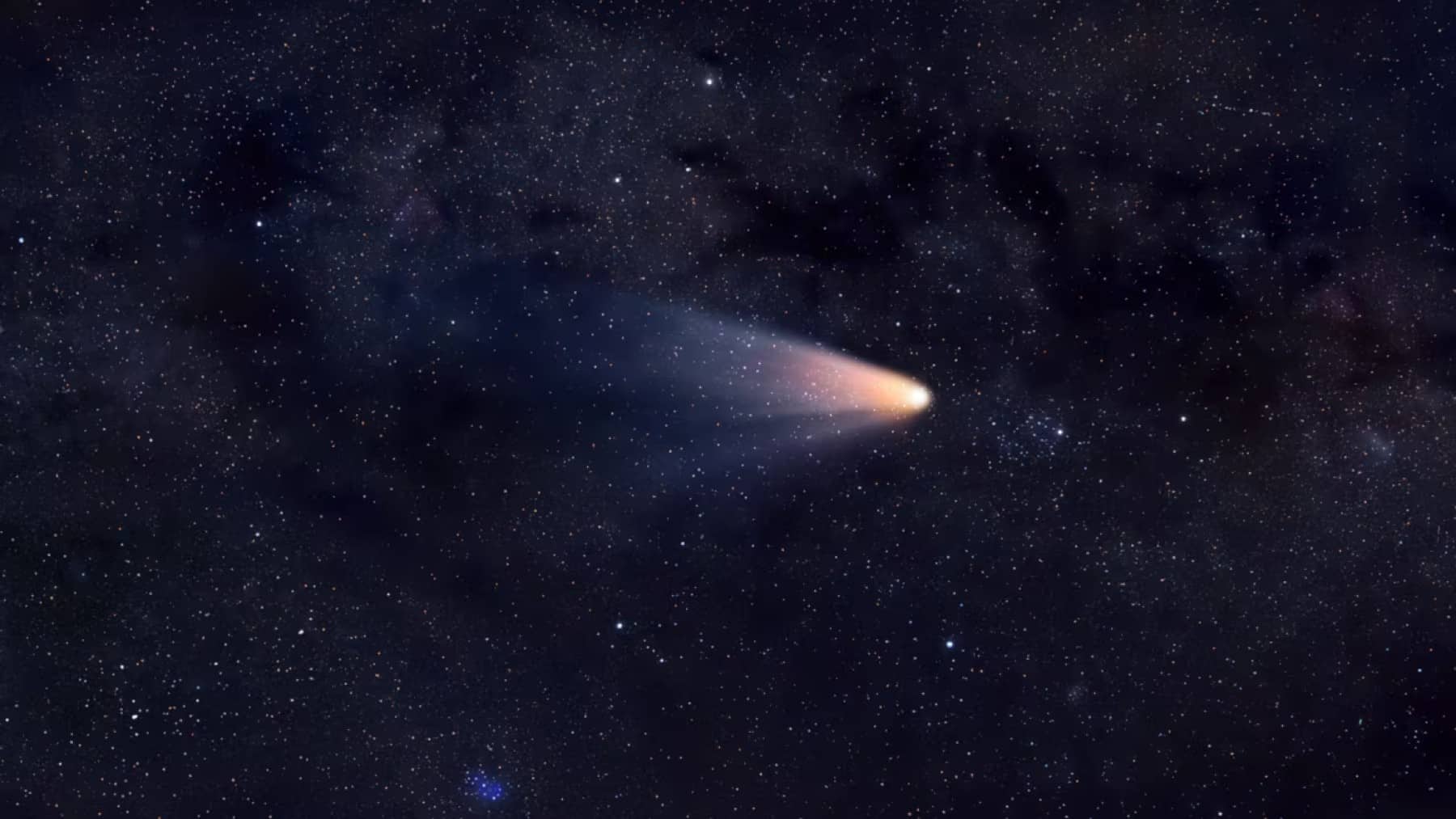For a long time now, scientists and prominent researchers have slowly but consistently been unraveling the secrets that seem invincible to humanity. One such discovery is the approach of dark comets in our cosmos, some of which are en route on a collision course into our beloved planet. Should this be a cause for worry? Is our planet about to be wiped out? Find out more by reading to the end.
What are they, and where have they been since the Big Bang?
The Big Bang theory suggests that our universe started from an extremely hot and dense state and has been expanding and cooling off since then. The timeline for this event also took place over 13.8 billion years ago. This was a time when cosmological phenomena inherently started.
Scientists are now certain that these dark comets have been in existence since the time of the Big Bang and have been undetected throughout their existence. There now seems to be a worldwide consensus to figure out how they have been able to mask their existence for so long.
Dark comets: what exactly are they, and what are they made of?
Dark comets are different from regular comets that light up the sky, especially at night, when they’re being observed from one point to another. A more accurate representation would be thinking of them as ancient relics that were primordial messengers at the time instead.
They do not shine, shimmer, or appear aesthetically pleasing like their icy counterparts that rotate around the sun. They take refuge in the darkest shadows of interstellar space and are made up of ultra-dark materials that absorb light. These materials are also filled with carbon-rich dust. Albedo in astronomy refers to a measure of how much solar radiation a surface reflects. Dark comets have a basically zero albedo. This singular property has made them ghosts of space for the longest time.
How they have managed to escape detection all this while
In a dark environment like space, the best bet at identifying matter is if it has glowing properties. But in the case of dark comets, they do not reflect light at all. This has made it next to impossible to detect them or even have any form of information about them.
This was the case until a few years ago, when advancements in critical areas below began to take shape:
- Infrared astronomy
- Gravitational wave sensors
- Advanced deep-space mapping
The data obtained from the exploration of these areas in conjunction with equipment like the James Webb Space Telescope (JSWT) dramatically lifted the fog that was cast by dark comets in space. All of these points towards the fact that this discovery came in right on time and is backed up by scientific evidence from sophisticated equipment, of course.
Earth: the final destination?
With the infrared capabilities of modern-day equipment, scientists have been able to figure out that a group of dark comets are slowly drifting towards our solar system and possibly towards Earth. And while none are on a direct collision course with Earth (yet), the possibility that they shifted course towards our direction is a bit alarming.
In the midst of all this chaos, a subtle question seems to drift across our minds. Are these dark comets the heralds of danger or celestial gifts that can answer some of the floating questions on our minds? This is a testament to the underlying truth that there is still a lot more to be discovered in our universe. The takeaway is that humanity has started unveiling these secrets, but it will take time to fully demystify our universe.
